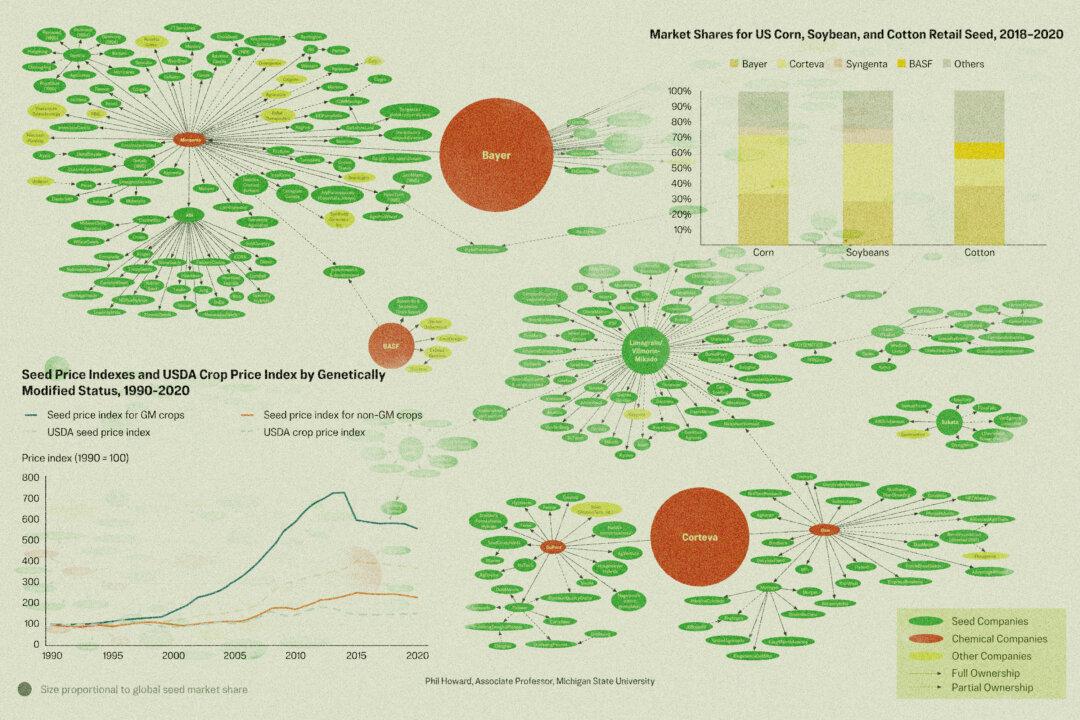On July 25, four U.S. senators introduced bipartisan legislation meant to clear the mist surrounding China’s covert use of the Inter-American Development Bank (IDB) to exert influence over governments in other countries.
The IDB Transparency Act will require the U.S. Department of Treasury to clarify the Chinese Communist Party’s (CCP’s) “malign influence” within the financial institution.





